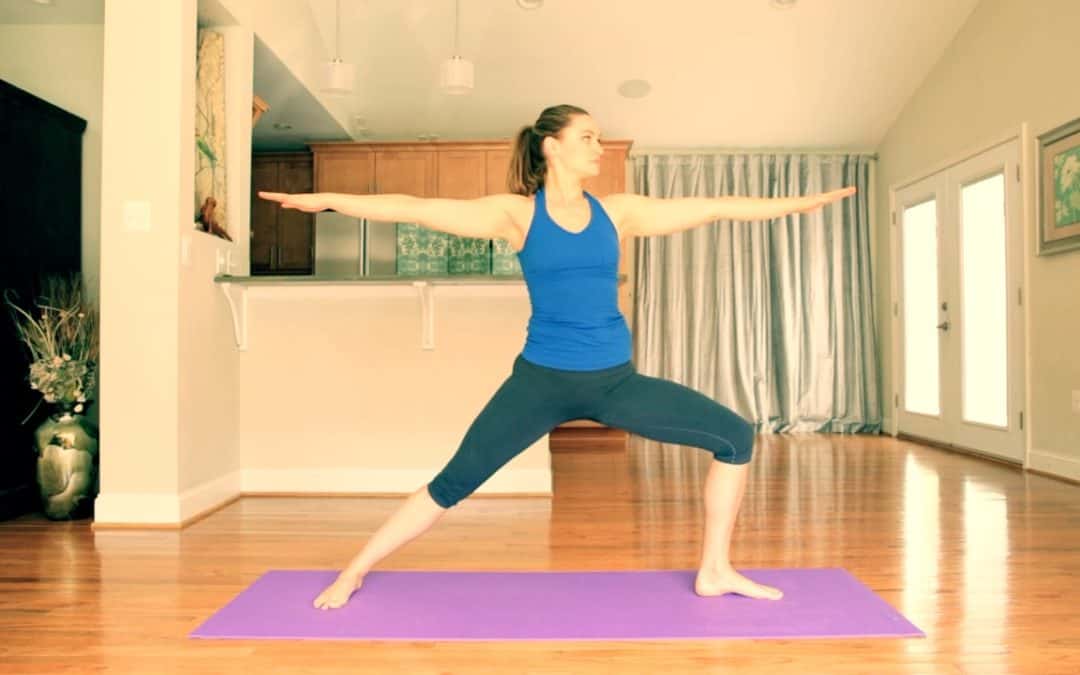
High Lunge Sequence
This is a great sequence of stretches for runners and athletes. And it’s one of my go-to sequences for waking up my whole body and feeling more energetic.

This is a great sequence of stretches for runners and athletes. And it’s one of my go-to sequences for waking up my whole body and feeling more energetic.
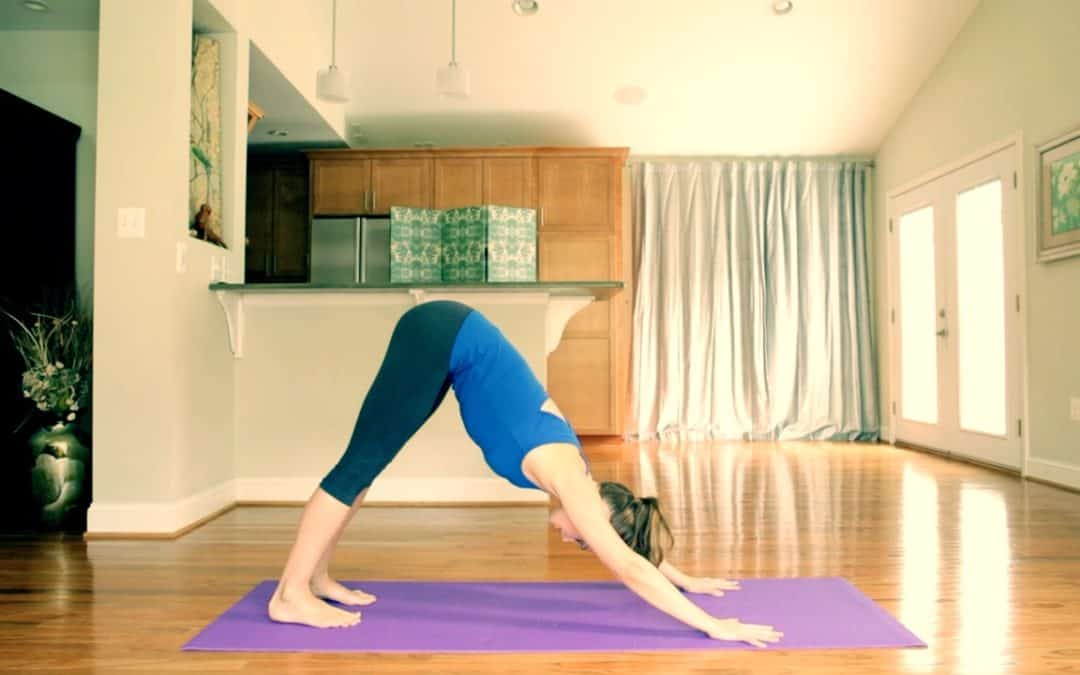
There is a reason Down Dog and Child’s Pose are in every yoga class. Simple, and so effective to wake up and stretch the whole body while calming the mind.

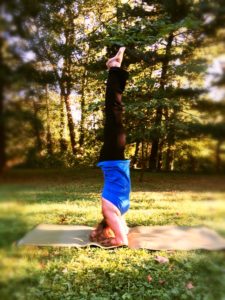 “Anyone with skills and experiences (and a certification or two) in yoga can teach yoga, but only the ones with certain extraordinary traits become beloved and favorite yoga teachers,” said Patti Bhidej who studies with Kathy three to four times a week. Patti is attracted to Kathy’s positive energy, sweetness, openness, and warmth. “She speaks to me at the heart-level,” Patti said.
Heather Glick, accidentally signed up for Kathy’s Ashtanga class and quickly realized that she was in way over her head, but Kathy was so kind that it worked out. “The class was incredibly challenging but Kathy gives modifications, corrections, and assistance in such a loving and nurturing way that you find yourself trying and doing things because you feel safe and supported.”
Kathy remembers well what it was like to find herself in a yoga class for the first time. She landed in a yoga class at the gym after the birth of her first child more than 20 years ago. In college Kathy studied photography at the Rhode Island School of Design and was working on a photojournalism career before she had her daughter. But, when her oldest was a baby, she soon realized that no one was going to be able to care for her daughter like she could. Kathy decided that she needed to find a more family-friendly path.
“Anyone with skills and experiences (and a certification or two) in yoga can teach yoga, but only the ones with certain extraordinary traits become beloved and favorite yoga teachers,” said Patti Bhidej who studies with Kathy three to four times a week. Patti is attracted to Kathy’s positive energy, sweetness, openness, and warmth. “She speaks to me at the heart-level,” Patti said.
Heather Glick, accidentally signed up for Kathy’s Ashtanga class and quickly realized that she was in way over her head, but Kathy was so kind that it worked out. “The class was incredibly challenging but Kathy gives modifications, corrections, and assistance in such a loving and nurturing way that you find yourself trying and doing things because you feel safe and supported.”
Kathy remembers well what it was like to find herself in a yoga class for the first time. She landed in a yoga class at the gym after the birth of her first child more than 20 years ago. In college Kathy studied photography at the Rhode Island School of Design and was working on a photojournalism career before she had her daughter. But, when her oldest was a baby, she soon realized that no one was going to be able to care for her daughter like she could. Kathy decided that she needed to find a more family-friendly path.
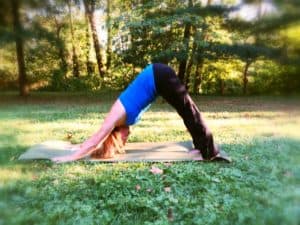 She grew up in Northern Virginia where her father, a neurosurgeon, had a practice for decades. Working at his office, she had always been comfortable with anatomy and with helping people through difficult times. From that experience, there was a part of her that knew she could help people in a more physical way. Yoga teaching seemed like the right fit.
She tried different styles of yoga and it was when she ended up in an Ashtanga yoga class that she felt at home. She fell in love with the no nonsense, very physical, and non-mystical approach of Ashtanga. She found that Ashtanga, with it’s changeless, methodical, and rigorous series of poses, spoke to her. It was less complicated and, therefore, a more centering practice. There was serenity in the breath and body and the ongoing movement. She signed up for teacher training and soon found a calling.
Many trainings later (she has trained with David Keil, David Swenson, Ganesh Mohan, and Stair Calhoun, among others), Kathy takes a scholarly approach to yoga, explaining ancient texts, using Sanskrit, and describing the science and anatomy behind the practice. She practices the “primary series” and the first five poses of the “intermediate series” of Ashtanga in her personal practice.
Recently, there’s been a shift in her teaching. Intrigued by the benefits of breathwork and in a quest to help some of her older students, Kathy has brought more restorative elements to her classes at SyteraYoga. In comparison to the fiery, power-based poses of Ashtanga, her restorative classes encourage supine poses and assisted stretching to lubricate the joints. Each sequence is designed to move the spine in all directions by practicing bends, twists, and inversions to encourage deep relaxation. Once students have moved through the supine poses, they get to hold restoratives. Like a physical therapy session, Kathy offers hands on assists to help stretch and improve functional movement. Over and over she encourages her students to return to the breath. And, then, the icing on the cake: Kathy plays her quartz crystal singing bowl and the room is awash in mesmerizing tones.
Students who monitor their blood pressure say that their numbers go down from this particular practice alone. Others report better sleep, relaxation, and rejuvenation. Part of why Kathy enjoys teaching restorative classes is that just giving students the knowledge of how to work with their breathing promotes less stress in their lives. “People aren’t aware that they have the breath as a tool to help calm and self-soothe.” Breathing is the way that your body naturally self-soothes and self-calms, she explains. It is the sympathetic and parasympathetic nervous system that calms through the breath. “Allowing the breath before movement that slows things down,” she says.
With breath awareness, students are headed toward becoming more independent in their practice which, for Kathy, is the ultimate goal. She wants each and every student to create a life-long practice and ultimately, “be less reactive.” So he or she, if they want to, might catch a wave.
Meghan Mullan is a freelance writer living in Bethesda, Md. and SyteraYoga student.
She grew up in Northern Virginia where her father, a neurosurgeon, had a practice for decades. Working at his office, she had always been comfortable with anatomy and with helping people through difficult times. From that experience, there was a part of her that knew she could help people in a more physical way. Yoga teaching seemed like the right fit.
She tried different styles of yoga and it was when she ended up in an Ashtanga yoga class that she felt at home. She fell in love with the no nonsense, very physical, and non-mystical approach of Ashtanga. She found that Ashtanga, with it’s changeless, methodical, and rigorous series of poses, spoke to her. It was less complicated and, therefore, a more centering practice. There was serenity in the breath and body and the ongoing movement. She signed up for teacher training and soon found a calling.
Many trainings later (she has trained with David Keil, David Swenson, Ganesh Mohan, and Stair Calhoun, among others), Kathy takes a scholarly approach to yoga, explaining ancient texts, using Sanskrit, and describing the science and anatomy behind the practice. She practices the “primary series” and the first five poses of the “intermediate series” of Ashtanga in her personal practice.
Recently, there’s been a shift in her teaching. Intrigued by the benefits of breathwork and in a quest to help some of her older students, Kathy has brought more restorative elements to her classes at SyteraYoga. In comparison to the fiery, power-based poses of Ashtanga, her restorative classes encourage supine poses and assisted stretching to lubricate the joints. Each sequence is designed to move the spine in all directions by practicing bends, twists, and inversions to encourage deep relaxation. Once students have moved through the supine poses, they get to hold restoratives. Like a physical therapy session, Kathy offers hands on assists to help stretch and improve functional movement. Over and over she encourages her students to return to the breath. And, then, the icing on the cake: Kathy plays her quartz crystal singing bowl and the room is awash in mesmerizing tones.
Students who monitor their blood pressure say that their numbers go down from this particular practice alone. Others report better sleep, relaxation, and rejuvenation. Part of why Kathy enjoys teaching restorative classes is that just giving students the knowledge of how to work with their breathing promotes less stress in their lives. “People aren’t aware that they have the breath as a tool to help calm and self-soothe.” Breathing is the way that your body naturally self-soothes and self-calms, she explains. It is the sympathetic and parasympathetic nervous system that calms through the breath. “Allowing the breath before movement that slows things down,” she says.
With breath awareness, students are headed toward becoming more independent in their practice which, for Kathy, is the ultimate goal. She wants each and every student to create a life-long practice and ultimately, “be less reactive.” So he or she, if they want to, might catch a wave.
Meghan Mullan is a freelance writer living in Bethesda, Md. and SyteraYoga student.
Physical therapists love this sequence for release of the hips and lower back. I learned this twisting sequence while studying Thai Yoga Massage.
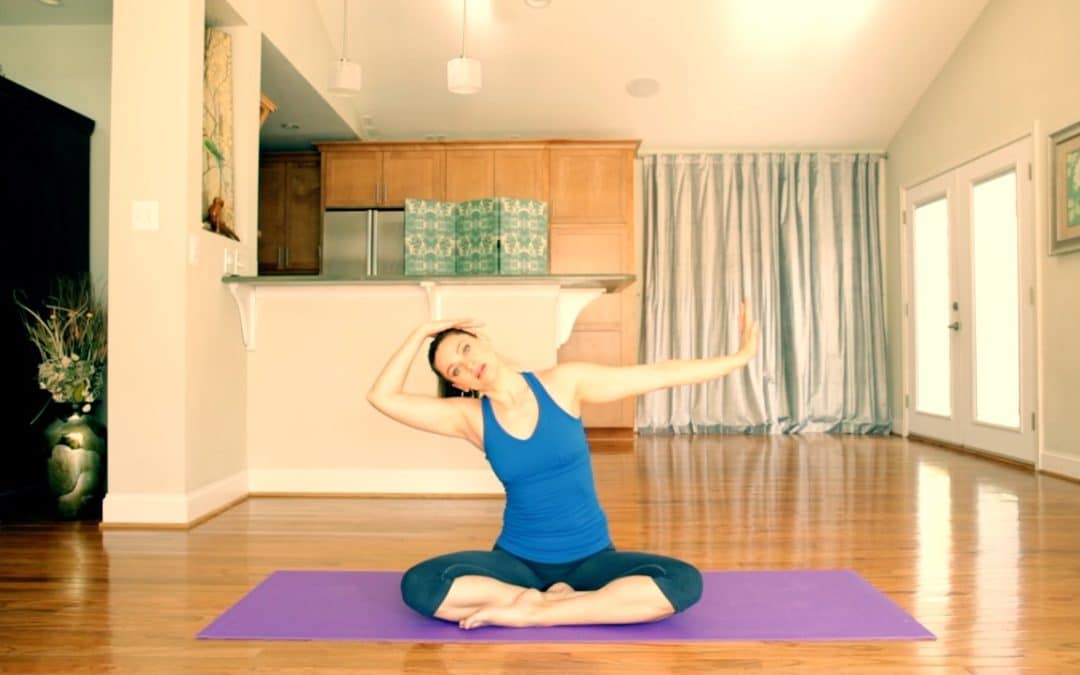
Everyone benefits from this neck and shoulder stretch. It’s especially great for headache sufferers.